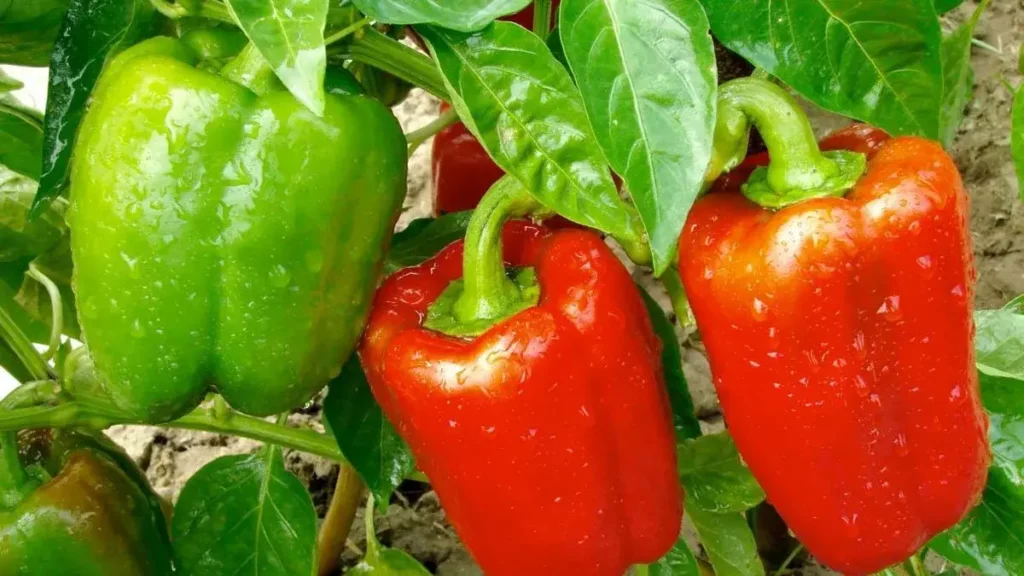
Pepper plants are a popular addition to any home garden, offering a wide range of flavors, colors, and heat levels. Whether you’re a seasoned gardener or just starting out, mastering the art of growing thriving pepper plants can be a rewarding experience. In this article, we’ll unveil eleven top secrets and essential tips that will help you grow the best pepper plants in your garden. Let’s dive in!
1. Start with the Right Variety:

Choosing the right pepper variety is crucial for a successful harvest. Consider factors such as heat tolerance, disease resistance, and growth habit to ensure the best match for your garden and preferences.
2. Optimal Soil Conditions:

Pepper plants thrive in well-draining soil rich in organic matter. Aim for a pH level between 6.0 and 6.8. Amend the soil with compost or well-rotted manure to improve fertility and water retention.
3. Adequate Sunlight:

Pepper plants love sunshine. Select a sunny spot in your garden that receives at least six to eight hours of direct sunlight per day. Maximizing sunlight exposure will promote strong plant growth and abundant fruit production.
4. Proper Watering:

Consistent watering is crucial for healthy pepper plants. Water deeply, providing around one inch of water per week, ensuring the soil is moist but not waterlogged. Avoid overhead watering to prevent diseases.
5. Mulching for Moisture and Weed Control:

Mulching around pepper plants helps conserve soil moisture, suppress weeds, and regulate soil temperature. Apply a layer of organic mulch, such as straw or wood chips, around the base of the plants, leaving a small gap to prevent stem rot.
6. Adequate Spacing:

Give pepper plants enough space to grow and breathe. Plant them at least 18 to 24 inches apart to allow proper airflow, reducing the risk of diseases and ensuring each plant receives sufficient nutrients.
7. Regular Feeding:

Pepper plants are heavy feeders and benefit from regular fertilization. Use a balanced organic fertilizer or incorporate compost into the soil before planting. Apply a side dressing of compost or a slow-release fertilizer during the growing season.
8. Pruning for Productivity:

Pruning pepper plants helps improve airflow, reduces disease risk, and encourages higher fruit production. Pinch off the tips of young plants to promote bushier growth. Remove any diseased or damaged leaves promptly.
9. Supportive Staking:

Taller pepper varieties may require staking or support to prevent the plants from bending or breaking under the weight of their fruits. Install stakes or cages around the plants at the time of planting to provide necessary support.
10. Pest and Disease Management:

Keep a vigilant eye for common pests like aphids, whiteflies, and hornworms. Implement natural pest control methods such as handpicking, introducing beneficial insects, or using organic insecticides when necessary. Prevent diseases by providing adequate spacing, proper air circulation, and avoiding overhead watering.
11. Harvesting at the Right Time:

Peppers should be harvested when they have reached their desired color and size. Different varieties have varying maturity times. Use sharp scissors or pruning shears to cut the peppers, leaving a short stem attached.
With these eleven top secrets and essential tips, you’re equipped to grow the best pepper plants in your garden. From selecting the right variety to providing optimal growing conditions, proper care, and effective pest management, your pepper plants will thrive and reward you with a bountiful harvest of delicious and vibrant peppers. Happy growing!